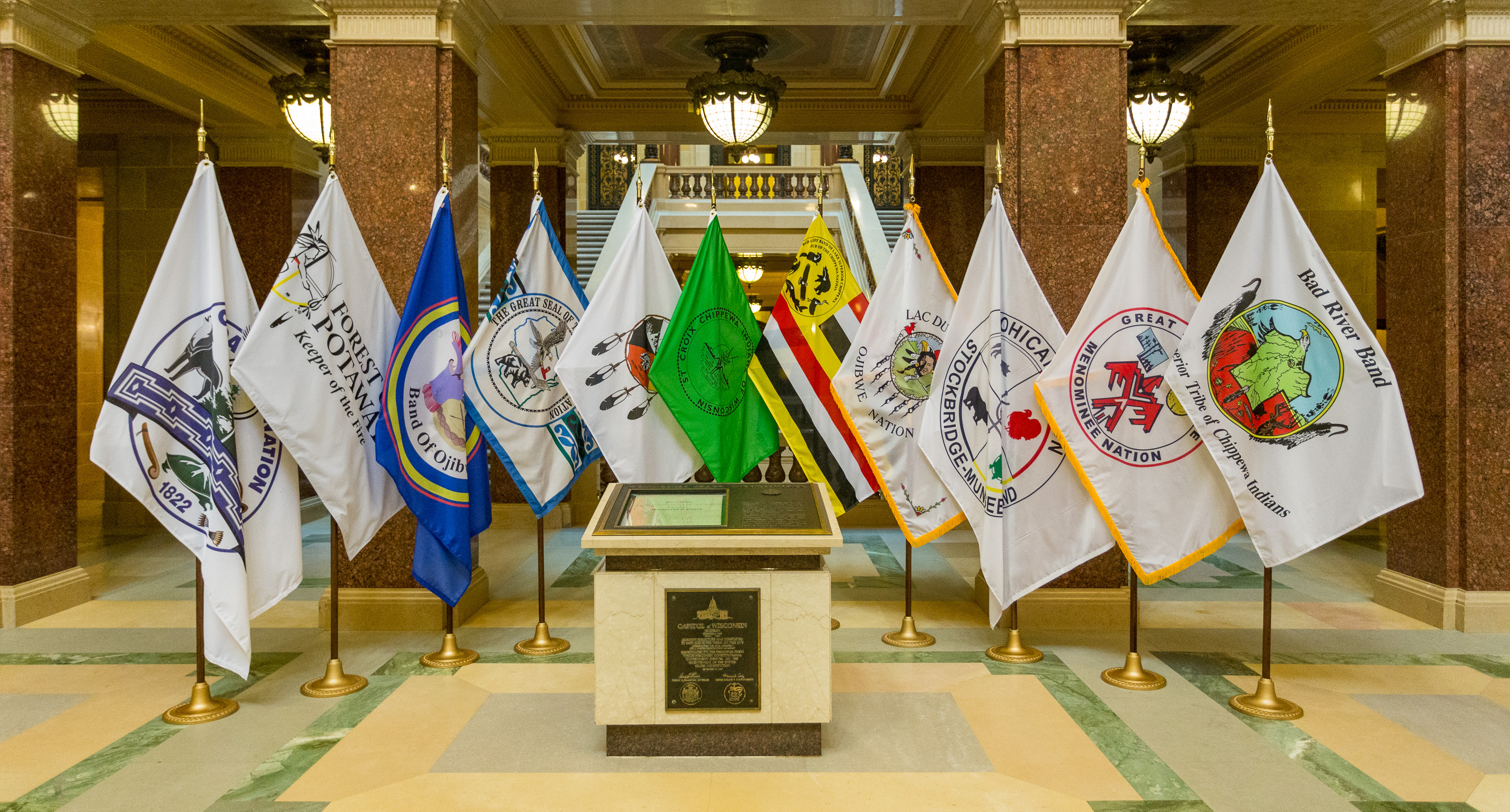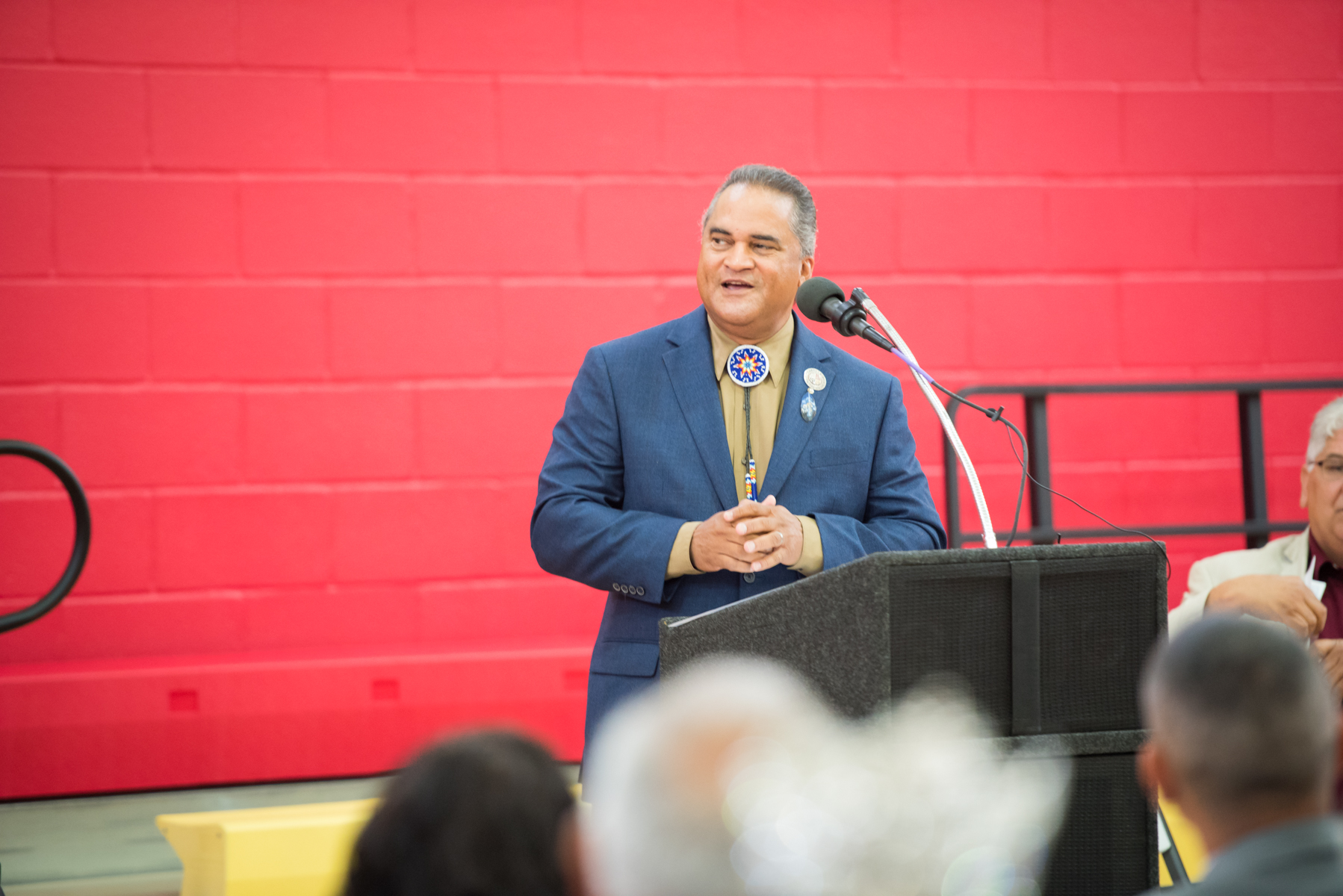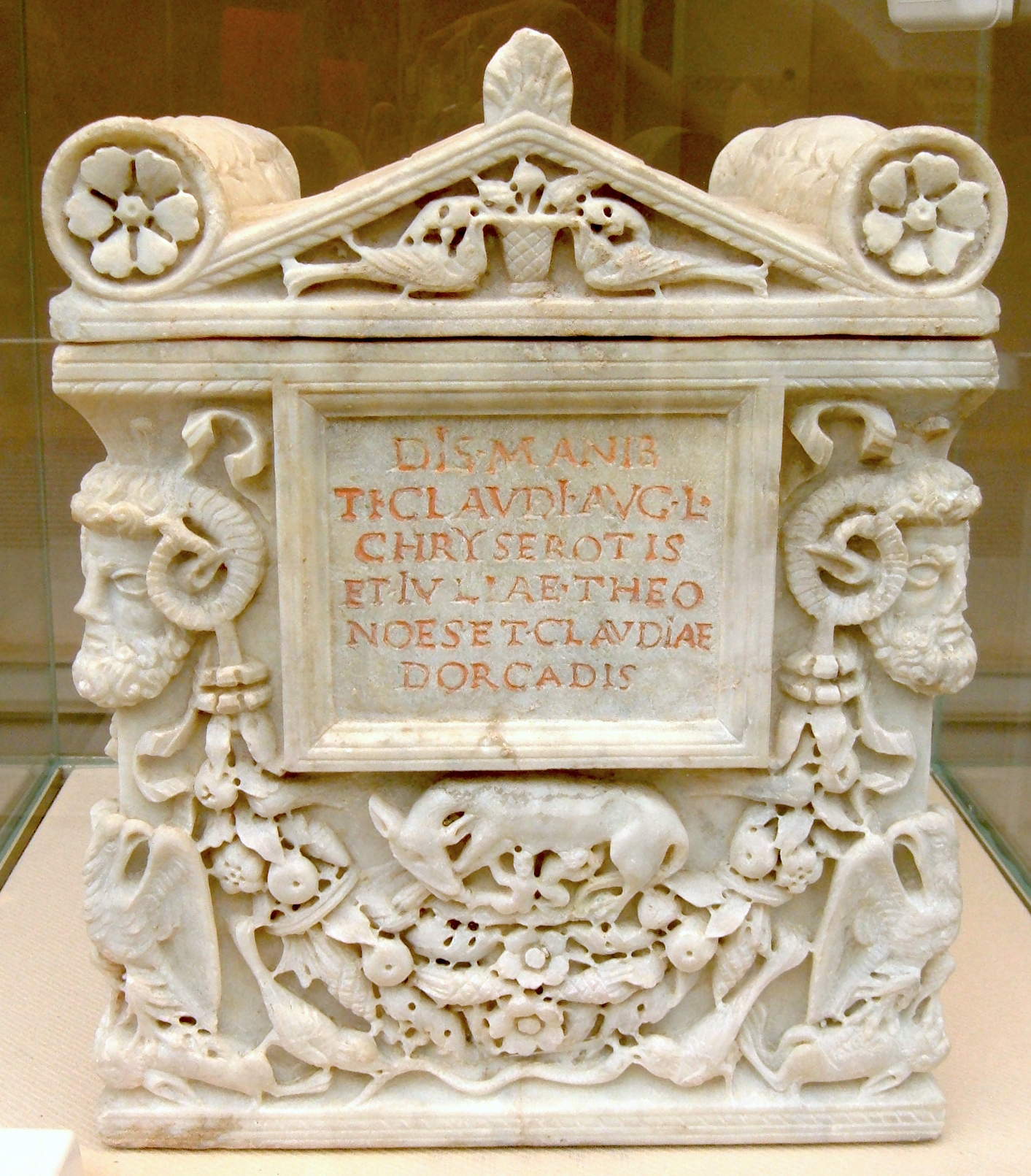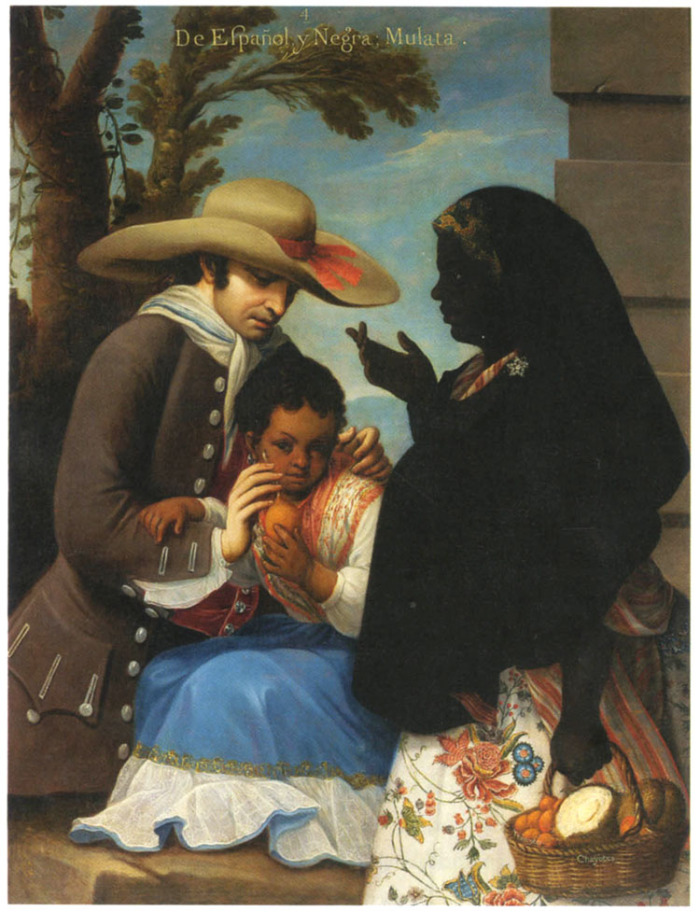|
Lumbees
The Lumbee are a Native American people primarily centered in Robeson, Hoke, Cumberland and Scotland counties in North Carolina. They also live in surrounding states and Baltimore, Maryland. The Lumbee Tribe of North Carolina is a state-recognized tribe in North Carolina numbering approximately 55,000 enrolled members. The Lumbee take their name from the Lumber River, which winds through Robeson County. Pembroke, North Carolina, is their economic, cultural, and political center. According to the 2000 United States Census report, 89% of the population of the town of Pembroke, North Carolina, identify as Lumbee; 40% of Robeson County's population identify as Lumbee. The Lumbee Tribe was recognized by North Carolina in 1885. In 1956, the US Congress passed the Lumbee Act which recognized the Lumbees as being American Indians but denied them benefits of a federally recognized tribe. History Early historical references Archaeological evidence reveals that the area now known as R ... [...More Info...] [...Related Items...] OR: [Wikipedia] [Google] [Baidu] |
Robeson County, North Carolina
Robeson County is a county in the southern part of the U.S. state of North Carolina and is its largest county by land area. Its county seat is and largest city is Lumberton. The county was formed in 1787 from part of Bladen County and named in honor of Thomas Robeson, a colonel who had led Patriot forces in the area during the Revolutionary War. As of the 2020 census, the county's population was 116,530. It is a majority-minority county; its residents are approximately 38 percent Native American, 22 percent white, 22 percent black, and 10 percent Hispanic. It is included in the Fayetteville–Lumberton– Laurinburg, NC Combined Statistical Area. The state-recognized Lumbee Tribe of North Carolina is headquartered in Pembroke. The area eventually comprising Robeson was originally inhabited by Native Americans, though little is known about them. By the mid-1700s, a Native community had coalesced around the swamps near Lumber River, which bisects the area. Later in the c ... [...More Info...] [...Related Items...] OR: [Wikipedia] [Google] [Baidu] |
Lumbee Tribe Of North Carolina
The Lumbee Tribe of North Carolina is a state-recognized tribe in North Carolina. The tribe represents Lumbee people. They are not federally recognized as a Native American tribe. With an estimated 55,000 members, the Lumbee Tribe of North Carolina is the largest tribe in the United States east of the Mississippi River. Creation The Lumbee Regional Development Association (LRDA), a nonprofit organization, was initially responsible for maintaining Lumbee tribal membership rolls and providing social services to the members. After an attempt by the LRDA to gain full federal recognition for the Lumbee people as a Native American tribe in 1991 failed, some Lumbees began to criticize the LRDA as an inadequate representative for the group. The LRDA had a board of self-appointed directors and no constitution, which critics felt made it ill-equipped to genuinely represent the interest of Lumbees. They also felt that its limited jurisdiction meant it could not satisfy the U.S. Bureau o ... [...More Info...] [...Related Items...] OR: [Wikipedia] [Google] [Baidu] |
Pembroke, North Carolina
Pembroke is a town in Robeson County, North Carolina, United States. It is about 90 miles inland and northwest from the Atlantic Coast. The population was 2,973, at the 2010 census. The town is the seat of the state-recognized Lumbee tribe of North Carolina, as well as the home of The University of North Carolina at Pembroke. Geography Pembroke is located at (34.681949, -79.195765). According to the United States Census Bureau, the town has a total area of , all land. Demographics 2020 census As of the 2020 United States census, there were 2,823 people, 879 households, and 529 families residing in the town. 2000 census According to the 2000 census, there were 2,399 people, 961 households, and 611 families residing in the town. The population density was 1,023.9 people per square mile (395.8/km). There were 1,043 housing units at an average density of 445.1 per square mile (172.1/km). The racial makeup of the town was: * 88.90% Native American * 8.15% White * 2.20% Afr ... [...More Info...] [...Related Items...] OR: [Wikipedia] [Google] [Baidu] |
Federally Recognized Tribe
This is a list of federally recognized tribes in the contiguous United States of America. There are also federally recognized Alaska Native tribes. , 574 Indian tribes were legally recognized by the Bureau of Indian Affairs (BIA) of the United States.Federal Acknowledgment of the Pamunkey Indian Tribe Of these, 231 are located in Alaska. Description  In the United States, the Indian tribe is a fundamental unit, and the constitution grants
In the United States, the Indian tribe is a fundamental unit, and the constitution grants [...More Info...] [...Related Items...] OR: [Wikipedia] [Google] [Baidu] |
Democratic Party (United States)
The Democratic Party is one of the two major contemporary political parties in the United States. Founded in 1828, it was predominantly built by Martin Van Buren, who assembled a wide cadre of politicians in every state behind war hero Andrew Jackson, making it the world's oldest active political party.M. Philip Lucas, "Martin Van Buren as Party Leader and at Andrew Jackson's Right Hand." in ''A Companion to the Antebellum Presidents 1837–1861'' (2014): 107–129."The Democratic Party, founded in 1828, is the world's oldest political party" states Its main political rival has been the Republican Party since the 1850s. The party is a big tent, and though it is often described as liberal, it is less ideologically uniform than the Republican Party (with major individuals within it frequently holding widely different political views) due to the broader list of unique voting blocs that compose it. The historical predecessor of the Democratic Party is considered to be th ... [...More Info...] [...Related Items...] OR: [Wikipedia] [Google] [Baidu] |
Freedman
A freedman or freedwoman is a formerly enslaved person who has been released from slavery, usually by legal means. Historically, enslaved people were freed by manumission (granted freedom by their captor-owners), emancipation (granted freedom as part of a larger group), or self-purchase. A fugitive slave is a person who escaped enslavement by fleeing. Ancient Rome Rome differed from Greek city-states in allowing freed slaves to become plebeian citizens. The act of freeing a slave was called ''manumissio'', from ''manus'', "hand" (in the sense of holding or possessing something), and ''missio'', the act of releasing. After manumission, a slave who had belonged to a Roman citizen enjoyed not only passive freedom from ownership, but active political freedom ''(libertas)'', including the right to vote. A slave who had acquired ''libertas'' was known as a ''libertus'' ("freed person", feminine ''liberta'') in relation to his former master, who was called his or her patron ... [...More Info...] [...Related Items...] OR: [Wikipedia] [Google] [Baidu] |
Reconstruction Era
The Reconstruction era was a period in History of the United States, American history following the American Civil War (1861–1865) and lasting until approximately the Compromise of 1877. During Reconstruction, attempts were made to rebuild the country after the bloody Civil War, bring the former Confederate States of America, Confederate states back into the United States, and to redress the political, social, and economic legacies of slavery. During the era, United States Congress, Congress Abolitionism in the United States, abolished slavery, ended the remnants of Secession in the United States, Confederate secession in the Southern United States, South, and passed the Thirteenth Amendment to the United States Constitution, 13th, Fourteenth Amendment to the United States Constitution, 14th, and Fifteenth Amendment to the United States Constitution, 15th Amendments to the Constitution (the Reconstruction Amendments) ostensibly guaranteeing the newly freed slaves (Freedma ... [...More Info...] [...Related Items...] OR: [Wikipedia] [Google] [Baidu] |
Mixed-race
Mixed race people are people of more than one race or ethnicity. A variety of terms have been used both historically and presently for mixed race people in a variety of contexts, including ''multiethnic'', ''polyethnic'', occasionally ''bi-ethnic'', ''Métis'', '' Muwallad'', ''Colored'', '' Dougla'', '' half-caste'', '' ʻafakasi'', ''mestizo'', '' Melungeon'', '' quadroon'', ''octoroon'', '' sambo/zambo'', '' Eurasian'', '' hapa'', '' hāfu'', '' Garifuna'', '' pardo'' and '' Guran''. A number of these terms are now considered offensive, in addition to those that were initially coined for pejorative use. Individuals of mixed-race backgrounds make up a significant portion of the population in many parts of the world. In North America, studies have found that the mixed race population is continuing to grow. In many countries of Latin America, mestizos make up the majority of the population and in some others also mulattoes. In the Caribbean, mixed race people officially make up ... [...More Info...] [...Related Items...] OR: [Wikipedia] [Google] [Baidu] |
Mulatto
(, ) is a racial classification to refer to people of mixed African and European ancestry. Its use is considered outdated and offensive in several languages, including English and Dutch, whereas in languages such as Spanish and Portuguese is not, and can even be a source of pride. A () is a female ''mulatto''. Etymology The English term and spelling ''mulatto'' is derived from the Spanish and Portuguese . It was a common term in the Southeastern United States during the era of slavery. Some sources suggest that it may derive from the Portuguese word (from the Latin ), meaning ' mule', the hybrid offspring of a horse and a donkey. The Real Academia Española traces its origin to in the sense of hybridity; originally used to refer to any mixed race person. The term is now generally considered outdated and offensive in non-Spanish and non-Portuguese speaking countries, and was considered offensive even in the 19th century. Jack D. Forbes suggests it originated in t ... [...More Info...] [...Related Items...] OR: [Wikipedia] [Google] [Baidu] |
Arthur Dobbs
Arthur Dobbs (2 April 1689 – 28 March 1765) was a British colonial official who served as the seventh governor of North Carolina from 1754 until 1764. Early life and career Dobbs was born in Ayrshire, Scotland, where his mother had been sent because of political and religious unrest. He was the eldest son of Richard Dobbs of County Antrim, Ireland, who was soon to become Sheriff of Antrim in 1694 and Mary Stewart from Ballintoy. The first English ancestor to settle in County Antrim was John Dobbs (his great-great-grandfather), an officer who had arrived in 1596 with Sir Henry Dockwra. In 1599 John Dobbs built a home known as Castle Dobbs. He married Margaret Dalway and had two sons. Dobbs was a neighbour and family friend of Jonathan Swift despite their political differences. He served briefly in a dragoon regiment in the British Army, and afterward managed his family estate. He was appointed Engineer-in-Chief and Surveyor-General in Ireland by Sir Robert Walpole, supervis ... [...More Info...] [...Related Items...] OR: [Wikipedia] [Google] [Baidu] |
Governor Of North Carolina
The governor of North Carolina is the head of government of the U.S. state of North Carolina. The governor directs the executive branch of the government and is the commander in chief of the military forces of the state. The current governor, Democrat Roy Cooper took office on January 1, 2017, and had a public swearing-in ceremony on January 7, 2017. History of the office Originally, under the North Carolina Constitution of 1776, the office was very weak, and was elected by the legislature ( North Carolina General Assembly) for a one-year term. Edward B. Dudley became the first North Carolina Governor elected by the people on December 31, 1836. Governors served two-year terms from 1836 until a new constitution was adopted in 1868; since then, all governors are elected for four-year terms. Under the 1868 constitution, the governor's executive power was derived from the following provision: "The executive department shall consist of a governor, in whom shall be invested the ... [...More Info...] [...Related Items...] OR: [Wikipedia] [Google] [Baidu] |
Anson County, North Carolina
Anson County is a county located in the U.S. state of North Carolina. As of the 2020 census, the population was 22,055. Its county seat is Wadesboro. History The county was formed in 1750 from Bladen County. It was named for George Anson, Baron Anson, a British admiral, who circumnavigated the globe from 1740 to 1744, and later became First Lord of the Admiralty. Anson purchased land in the state. Like its parent county Bladen being occupied by Native American tribes(Waccamaw people), Anson County was originally occupied by Catawba Siouan tribe as a vast territory with indefinite northern and western boundaries. Reductions in its extent began in 1753, when the northern part of it became Rowan County. In 1762 the western part of Anson County became Mecklenburg County. In 1779 the northern part of what remained of Anson County became Montgomery County, and the part east of the Pee Dee River became Richmond County. Finally, in 1842 the western part of Anson County was c ... [...More Info...] [...Related Items...] OR: [Wikipedia] [Google] [Baidu] |






